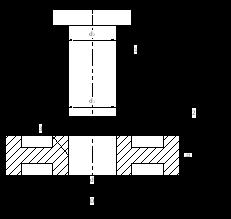
10 minute read
Iliya Todorov
from Agricultural, Forest and Transport Machinery and Technologies (ISSN: 2367– 5888) vol VI, 2019
by kangalov
A Research about Wear Process of Details from Belt Conveyor
Iliya Todorov
Advertisement
Abstract: The recent paperwork accents to wear process of details working within belt conveyor designed as rotating grill as part of Central Pump Station 3,4 working in a coastline pump station of AES – Kozloduy. It is established so the wear along outer diameter of the driving roller complies to a normal law of distribution while wear along inner diameter complies to an exponential law of distribution. The wear factor value at front and rear sections of the roller obeys to Weibull’s law of distribution. The results presents that outer diameter of roller has nearly 10-times higher wear compared to the ones measured along its inner diameter and width. The wear factor value at both – front and rear section of the roller is almost equal along all measured points. Key words: belt conveyor, wear factor value, details
INTRODUCTION
The major part of belt conveyor structure elements which could be restored belongs to the group of cylindrical centered or rotating details made of steel or iron as their working surfaces most often rely on requirements regarding hardness, accuracy and cleanliness, having complex structure and higher value. The wear factor value for such type of details depending of working condition is quite variable ranging from 0.5 mm up to 10 mm. [2-5]
The process of reconditioning of worn details from belt conveyors provides a significant economy of materials, energy, fuel and labor as well as rational consumption of natural resources and protection of the environment [10, 11]. The selection of rational method for reconditioning of such details, requires an accurate determination of the type of wear process and wear factor value depending of actual working conditions. The aim of recent paperwork is to establish the character of distribution of wear during examination of details from belt conveyors at point of further selection of an appropriate method for reconditioning.
MATERIALS AND METHODS
The belt conveyors found their wide usage in different spheres of the economy as agriculture, industry, energetic, etc. The overall condition of their structural elements affects not only to their interaction with the load, but to efficiency and reliability to whole conveyor [1, 7, 8]. A large number of factors appear to have a significant influence to such details, related to working conditions, type and level of loading, speed regime and others, leading to their wear and tear. The character and value of the wear factor affects further selection of method, working regime and conditions for their reconditioning [3, 6, 8, 9, 12].
An object of our examination is a rotating grill of central pump station CPS – 3,4 working in a coastline pump station at AES – Kozloduy. It is designed to clean the incoming water from Danube, which is a regular carrier of tree branches, sheets and other rough impurities. The working conditions would be considered as very heavy, since there is a serious hydro-abrasive wear, caused by presence of billions of abrasive particles of sand in the passing water as well as active corrosion while the grill is out of charge. We have been asked about reconditioning of friction pairs of the grill, acting as a driving roller, which moves a rotating grill-shaped metal belt. Initially, the structural characteristics of worn details are determined in order to create the model and method selection. The surface quality and wear resistance depends of selected method as well as wear resistance influences the durability of the reconditioned detail. According the recent requirements and trends, the durability and wear resistance of reconditioned details must be at least equal to the same of produced ones [8, 9, 11, 12].
RESULTS AND DISCUSSION
To select an appropriate method for reconditioning as well as regime parameters and working conditions, it is necessary to determine the parameters of the wear factor at point of value, character and distribution. For such purpose, measurements of 135 rollers and 75 axes were done.
Fig. 1 Object of examination 1 – axis; 2 – outer surface of the roller; 3 – inner surface of the roller
The measurements were done at both ends of the friction surfaces of rollers and axes as the scheme is shown at Fig.1. Each axis was measured at both typical zones – at front and rear part, but the roller – along both typical zones – outer and inner surfaces defined by D and d marks on Fig.1.
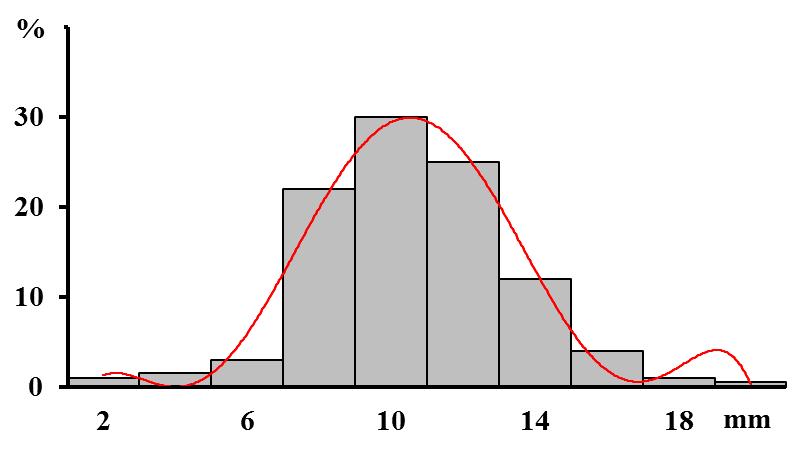
Fig. 2 Distribution of the wear factor value along outer diameter of the roller
According to obtained results through basic statistical functions, the graphs of wear factor distribution are presented on Fig.2 to Fig.6. The results related to wear factor along outer diameter of the roller are presented on Fig.2. It is visible that distribution of the wear factor belongs to the normal law of distribution as the spread ranges from 0.1 mm to 20 mm. The distribution presents that the most common is wear factor at rate of 10 mm and such rate belongs to 30% of the examined rollers. Around 80 to 90% among all rollers have wear factor value within range of 6 to 14 mm. Very minor part among all 135 rollers have wear factor within range of 2 to 4 mm and 16 mm or more.
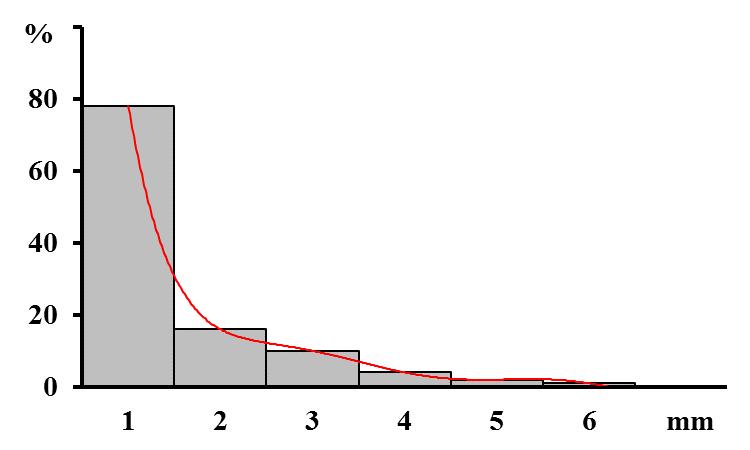
Fig. 3 Distribution of the wear factor value along inner diameter of the roller
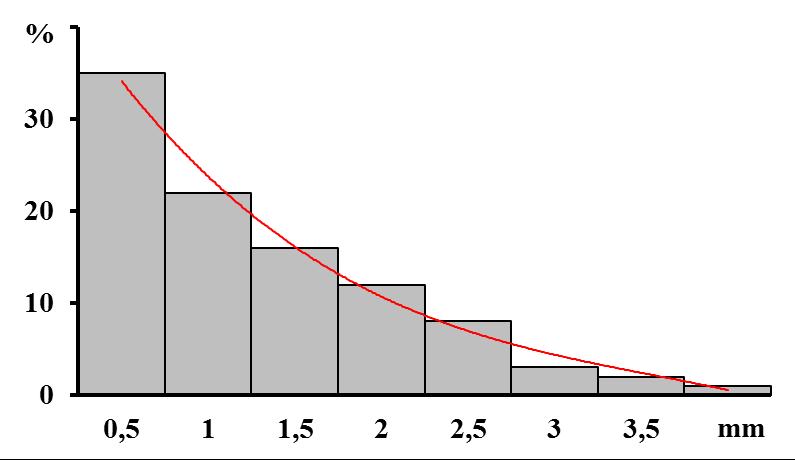
Fig. 4 Distribution of wear factor value along the width of the roller
The wear factor value along inner diameter of the roller has an exponential character of distribution as seen on Fig.3 as the spread range is within rates from 0.1 mm up to 7 mm. Almost 96% of all examined rollers have wear factor value within range between 0.1 to 3 mm. 78% of the rollers has a wear factor value up to 1 mm as most of them belongs to 0.1-0.5 mm range. Analogical character of distribution is noticeable to wear factor along the width of the roller (Fig.4.) As seen at Fig.4, the range spread is within range from 0.1 mm up to 4 mm. Most of the rollers (35%) have side wear at rate of 0.5 mm, but 90% among all wears within range from 0.5 mm to 2.5 mm.
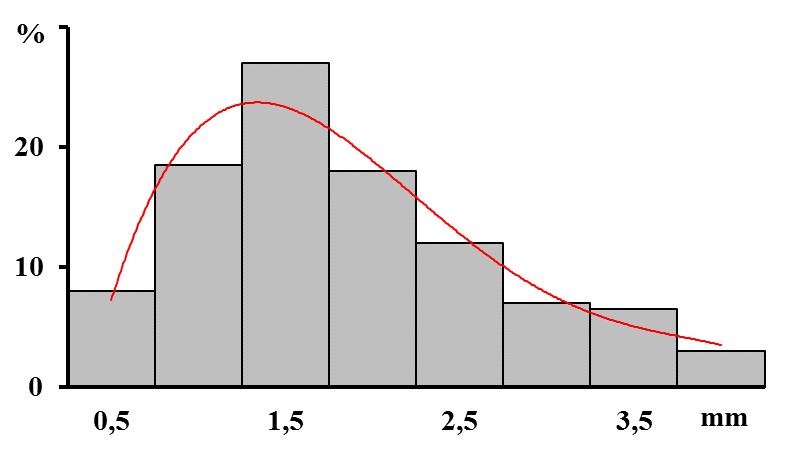
Fig. 5 Distribution of wear factor value along rear section of the axes
The wear factor along both – front and rear sections of the axes have a distribution according Weibull’s law as the range spread is within rates from 0.1 mm to 4 mm as seen on Fig.5 and Fig.6. The most common wear factor value is the rate of 1.5 mm as such rate is noticeable for 30% of the rollers related to the rear section of the axes, but 35% related to the front sections. For both section is visible that 70-80% of the axes have wear factor value between 1 mm and 2.5 mm as the distribution at Fig.5 is more uniform.
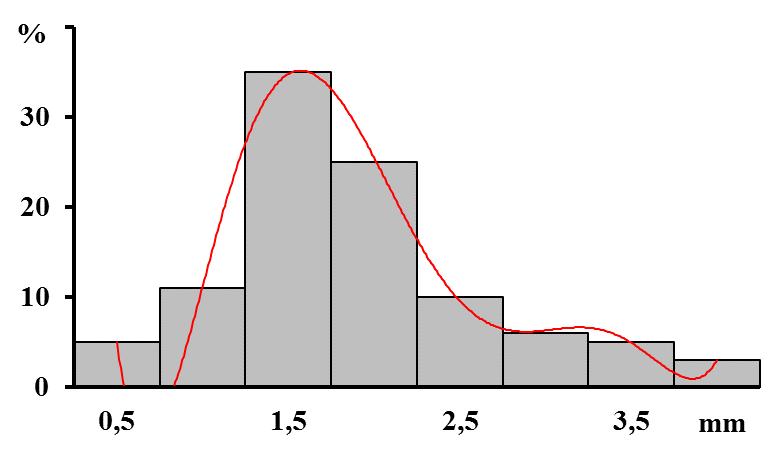
Fig. 6 Distribution of wear factor value along front section of the axes
The main statistical parameters (average value, mode, median, maximal value, minimal value and ovality of geometrical shape) of wear factor of friction surfaces are presented in table 1. Highest average value of wear is noticeable along outer diameter of the roller (10 mm), but lowest value of 0.76 mm relates to wear factor along the width. The average wear factor along inner diameter of the roller is 1 mm, which is 10 times less than the one along its outer diameter. This may be explained by different working conditions of both surfaces, related mostly to the presence of different amount of abrasive particles between those surfaces and related frictional pairs. The mode of wear factor along outer diameter of the roller is 30 times greater than the one along its inner diameter, but the median values for same surfaces shows a difference of around 100 units. The minimal value of the wear factor is same to all surfaces, while the maximal value is different and ranges between 3.6 and 19 units. The ovality of frictional surfaces of outer and inner diameters is almost equal at rates of 0.6 and 0.5 mm at control sections.
Table 1. Statistical parameters of wear factor of frictional pairs from roller conveyor
Statistical Values № parameters Roller Axes Outer diameter Inner diameter Width Front section Rear section 1 Average value 9,88 0,93 0,76 1,58 1,62 2 Mode 9 0,3 0,5 1,5 1,5 3 Median 10 0,1 0,1 2 2 4 Minimal value 0,1 0,1 0,1 0,1 0,1 5 Maximal value 19 7 3,8 3,6 3,8 6 Spread range 18,9 6,9 3,7 3,5 3,7 7 Ovality 0,6 0,5 - 0,1 0,2
The different values of wear factor along outer and inner diameters of the roller as well along its width requires selection of different working regime parameters of vibrating gas metal arc overlaying process during reconditioning of worn rollers from roller conveyor [6, 8, 9].
Because too large spread range of wear factor values at point of outer diameter of the roller, it was necessary to be sorted into four groups divided by 5 mm, but such was not needed before reconditioning of the roller along its inner diameter.
The wear factor values related to front and rear sections of the axes presents almost same statistical parameter values with some minor differences as seen at columns 6 and 7 at table 1, so thus gave an opportunity to select the same working regime along the whole length of the frictional surface [11].
CONCLUSION
1. The normal distribution of wear factor along outer diameter of the roller, exponential distribution of wear factor along inner diameter of the roller and its width as well as Weibull distribution along front and rear sections of the axis of frictional pair are established. 2. The outer diameter of the roller has a ten times greater wear compared to the ones along inner diameter and width of the roller. 3. The difference between maximal and minimal wear factor values is greatest along outer diameter of the roller and lowest along its width. 4. The wear factor values of all statistical parameters along front and rear sections of the axis of roller are almost equal.
REFERENCES
[1] Garkhunov D., (2002). Tribotehnika – Konstruirovanya, izgotovleniya, ekspluataciya mashin. М. Izdatelstvo МСХА, 2002. [2] Kangalov P., (2012). Statistichesko izsledvane iznosvaneto na korpusa I shibara na hidrorazpredelitel P-80. В: Nauchni trudove na RU-2012, tom 51, с. 1.1, Ruse, p. 252256, ISBN 1311-3321. [3] Kangalov P., Dragolov Е., (2011). Analiz na strukturnite harakteristiki na saedineniyata, swarzwashti rotacionnite detayli ot zemedelskata I avtotraktornata tehnika. В:
Mezhdunarodna nauchna konferenciya-2011, NVU „V.Levski”, V.Tarnovo, 2011, р. 2125. [4] Kangalov P., Beleva D., Dyakova-Dimitrova. К., (2015). Opredelyane na nachalnite strukturni harakteristiki na dvoicata val-plazgasht lager ot avtotraktorni dvigateli.//
Nauchni trudove na Rusenskiya universitet, 2015, tom.54, с.1.1, р. 210-216, ISSN 13113321. [5] Mesarabova P., Delikostov Т., Мitev I., Ivanov G., (2003). Analiz na strukturnite charakteristiki na detaylite ot chugun ot zemedelskata tehnika, podlezhashti na vazstanovyavane. В: NT na RU "Angel Kanchev"; tom 40, серия 4.1, Ruse, 2003, p. 193-198, ISSN 1311-3321. [6] Nikolov M., (2014). Trends in development of weld overlaying during the 21st century.//
Acta technologica agriculturae, 2014, No 2, pp. 35-38, ISSN 1335-2555. [7] Nikolov M., (2016). A research about influence of wire electrode vibration’s amplitude upon technological parameters of vibrating gas metal arc overlaying process in a shield of argon.// Machines Technologies Materials, 2016, No 3, pp. 42-43, ISSN 1313-0226. [8] Nikolov M., (2014). Opredelyane trainostta na vibrodugovo navareni pokritiya v gazovi smesi vurchu stomaneni i chuguneni detaili ot avtotraktornata i zemedelska tekhnika.//
Mechanizatsiya na zemedelieto, 2014, No 6, стр. 3-5, ISSN 0861-9638.
[9] Nikolov M., (2016). Izsledvane mikrotvurdostta na vibrodugovo navareni pokritiya vurkhu stomaneni i chuguneni detaili ot avtotraktornata i zemedelska tekhnika pri triene na pluzgane.// Agricultural Machinery, 2016, No 3, стр. 15-17, ISSN 1310-3946. [10]Nikolov M., Kangalov P., (2012). Benefits from maintenance and repair in utilization of resources. IN: Mendeltech International 2012 – International Scientific Conference, 2012,
No 1, Brno, 2012, ISBN 978-80-7375-625-3. [11]Nikolov М., Kangalov P., (2018). Palnoto proizvodstveno poddarzhane kato sredstvo za osiguryavane kachestvoto na remontiranite mashini. В: Agricultural Machinery 2018,
Volume 1, Burgas, 2018, p. 40-42, ISBN 2535-0269. [12]Nikolov М., Tonchev G., Stoyanov V.. (2012). Osnovi na poddarzhaneto na mashinite.
Ruse, Izdatelski centar pri Rusenski universitet, 2012, p. 128, ISBN 978-954-712-550-6. [13]Nikolov M., Gospodinova N., Pavlov D., Dimitrov M., (2009). Tribological characteristics at running-in of repaired tractor engines using friction modifiers.//
Industrial Lubrication and Tribology, 2009, No 4 Vol.61, pp. 209-212, ISSN 0036-8792
CONTACTS
Iliya Todorov, Department of Repair and Reliability, Agrarian and Industrial Faculty, University of Ruse, 8, Studentska Str., 7017 Ruse, Bulgaria, e-mail: itodorov@uni-ruse.bg







